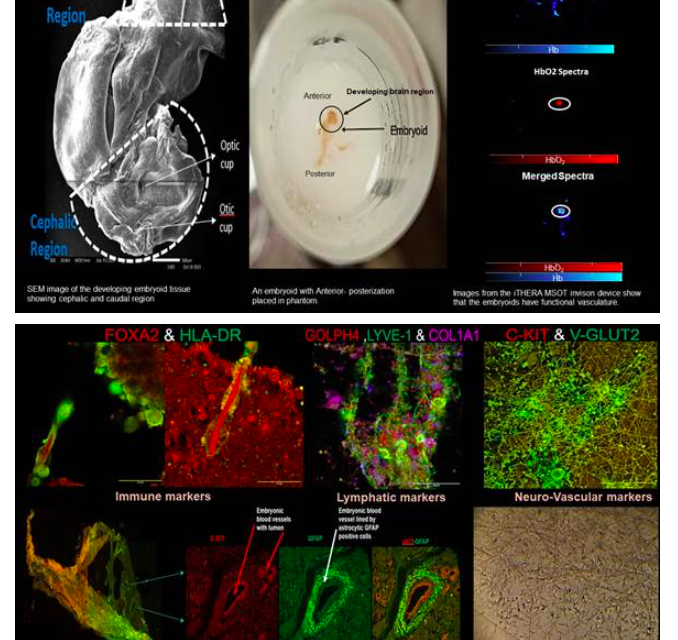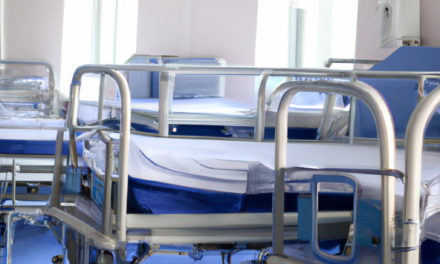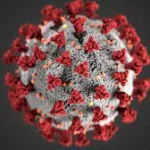Chandigarh, India – February 23, 2024
In a groundbreaking development, researchers at the Post Graduate Institute of Medical Education & Research (PGIMER), Chandigarh, have unveiled a novel model for generating masses of neurovascular tissues known as neurovascular organoids or embryoids (NVOEs) directly from autologous blood. This innovative approach promises to revolutionize the investigation of impaired brain functioning and development by enabling detailed analysis through neuroimaging scans, correlating with altered blood supply.
The field of neural organoids has witnessed rapid progress, fueling hopes for enhanced understanding of brain development and function, disease modeling, drug discovery, and potential sources for transplantation. However, existing neuronal organoids often lack vascularization, limiting their utility. Previous attempts to address this by co-culturing blood vessel organoids with cerebral organoids proved laborious and cost-ineffective, lacking active blood flow.
Addressing this challenge head-on, the PGIMER researchers have developed a prototype for the establishment and characterization of self-organizing NVOEs entirely from autologous blood, without the need for genetic manipulation or morphogen supplementation. Funded by the Anusandhan National Research Foundation (ANRF), this pioneering research eliminates the necessity for specific differential media, growth factors, or differentiating morphogens, relying solely on autologous plasma and blood cells.
Validation of the functional vasculature within the neurovascular embryoids was confirmed through the detection of hemoglobin and deoxyhemoglobin signals, utilizing the Blood-Oxygen-Level-Dependent (BOLD) signal concept.
The implications of this breakthrough are profound, offering avenues for studying neurological disease pathways, neuroregeneration, preclinical neuroimaging, endogenous gene editing, and autologous immunotherapies for tumors and autoimmune diseases.
The researchers, currently in the process of patent filing with the Punjab State Council for Science and Technology, Chandigarh, are leveraging these models to explore the genetic basis of neurosensory hearing loss and auditory comprehension challenges in children with congenital Sensorineural Hearing Loss (SNHL). These efforts aim to understand altered central auditory activity in children with comorbid features such as autistic-like behavior or neurodevelopmental defects.
Moreover, the prototype holds promise for developing patient-specific embryoid models for a range of congenital neurosensory, neurodevelopmental, and neurodegenerative diseases, including Autism, ADHD, ANSD, Alzheimer’s, and Parkinson’s. Additionally, it could facilitate the deciphering of genetics and neural circuits, drug testing bypassing the blood-brain barrier, and identification of novel biomarkers for early neurological diseases.
This breakthrough not only marks a significant advancement in organoid research but also heralds a new era of personalized medicine and deeper insights into brain-related disorders.











